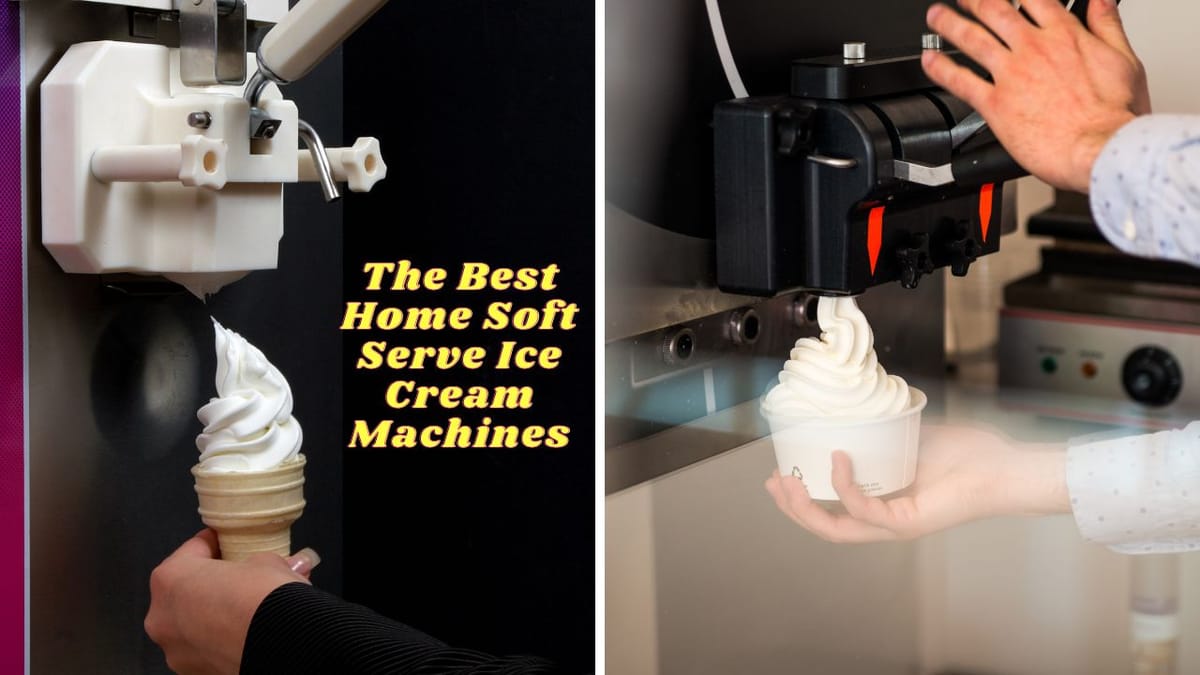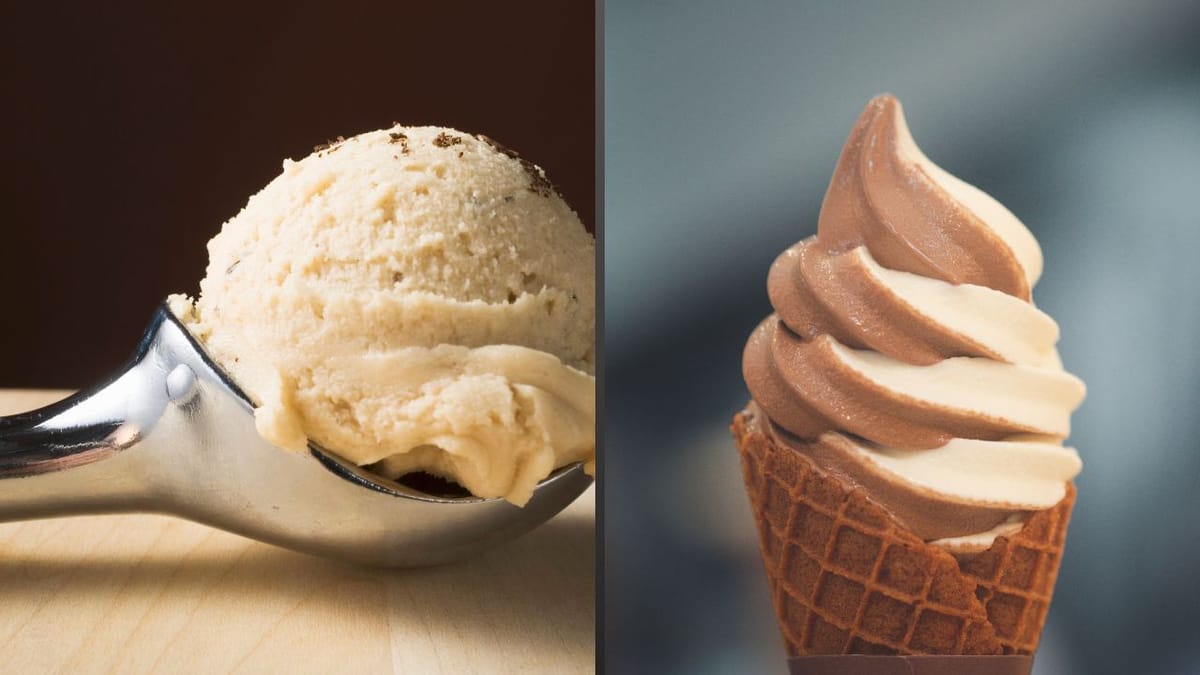Table of Contents
Key Takeaways:
- Understanding the differences between regular ice cream and soft serve is crucial before attempting to use a soft serve machine for regular ice cream.
- The mechanics and temperature settings of a soft serve ice cream machine are designed specifically for soft serve consistency and may not be suitable for regular ice cream.
- While it is technically possible to make regular ice cream in a soft serve machine, adjustments and considerations must be made to achieve the desired results.
With detailed and rigorous research, we provide our readers with the finest recommendations. Our recommendations are our opinions. Our cause is backed by reader support- for every click made through one of our affiliates links, a commission may be earned at no extra expense to you! As an Amazon Associate, Reviewsopedia may earn a commission from qualifying purchases. Thank you and enjoy!
Understanding the Basics of Ice Cream and Soft Serve
Ice cream is a beloved dessert enjoyed by people of all ages around the world. Its creamy texture and rich flavor make it a perfect treat for any occasion. However, when it comes to making ice cream, there are different methods and machines for different types of this frozen dessert. Regular ice cream and soft serve are two popular variations that, while similar in ingredients, differ significantly in texture, serving temperature, and the process of making them.
Soft serve is a lighter, smoother, and softer type of ice cream that is served at a slightly warmer temperature than regular ice cream. It is dispensed from a machine that churns it continuously to incorporate air, which contributes to its characteristic fluffiness. Regular ice cream, on the other hand, is denser and is typically stored and served at a lower temperature, which gives it a firmer texture.
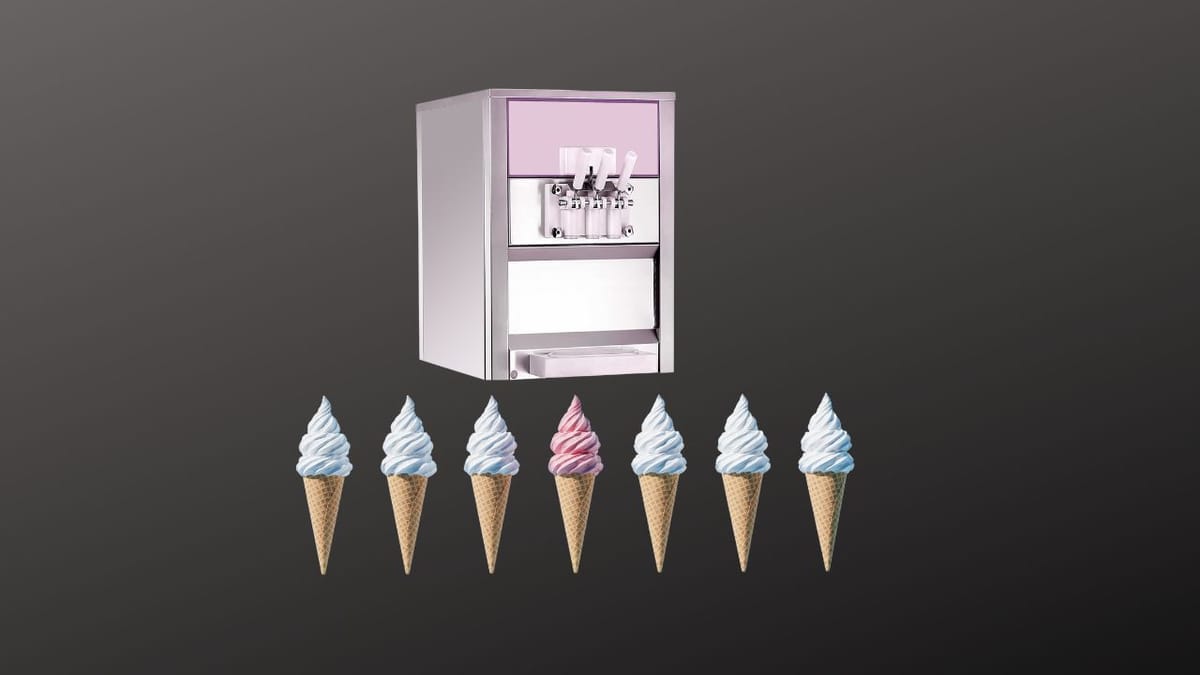
The Mechanics of a Soft Serve Machine
Soft serve machines are engineered to produce and maintain ice cream at a specific consistency and temperature. They work by rapidly freezing the ice cream mix while simultaneously whipping it to incorporate air. This process creates the soft and airy texture that is unique to soft serve. The machines are equipped with a refrigeration system that keeps the product at a constant temperature of about 18°F to 21°F, which is warmer than the temperature at which regular ice cream is usually stored, typically around 0°F to 10°F.
The design of a soft serve machine includes a freezing cylinder, a mixing blade or auger, and a dispensing head. The freezing cylinder is where the magic happens; it's where the ice cream mix is frozen and aerated. The auger rotates within the cylinder, scraping the sides to prevent ice crystals from forming and ensuring a smooth consistency.
Ingredient Composition and Preparation
The ingredients for both regular ice cream and soft serve are fundamentally similar, often including milk, cream, sugar, and flavorings. However, the proportions of these ingredients can vary, and soft serve typically has more air, known as overrun, incorporated into it. The preparation of the mix is also different. For regular ice cream, the mix is usually pasteurized and aged before being churned and frozen, which allows the flavors to meld and the mixture to cool.
In contrast, soft serve mix can be used immediately after pasteurization and homogenization. It is poured into the soft serve machine where it is cooled and aerated at the same time. This means that the mix for soft serve does not usually undergo the aging process that is common for regular ice cream.
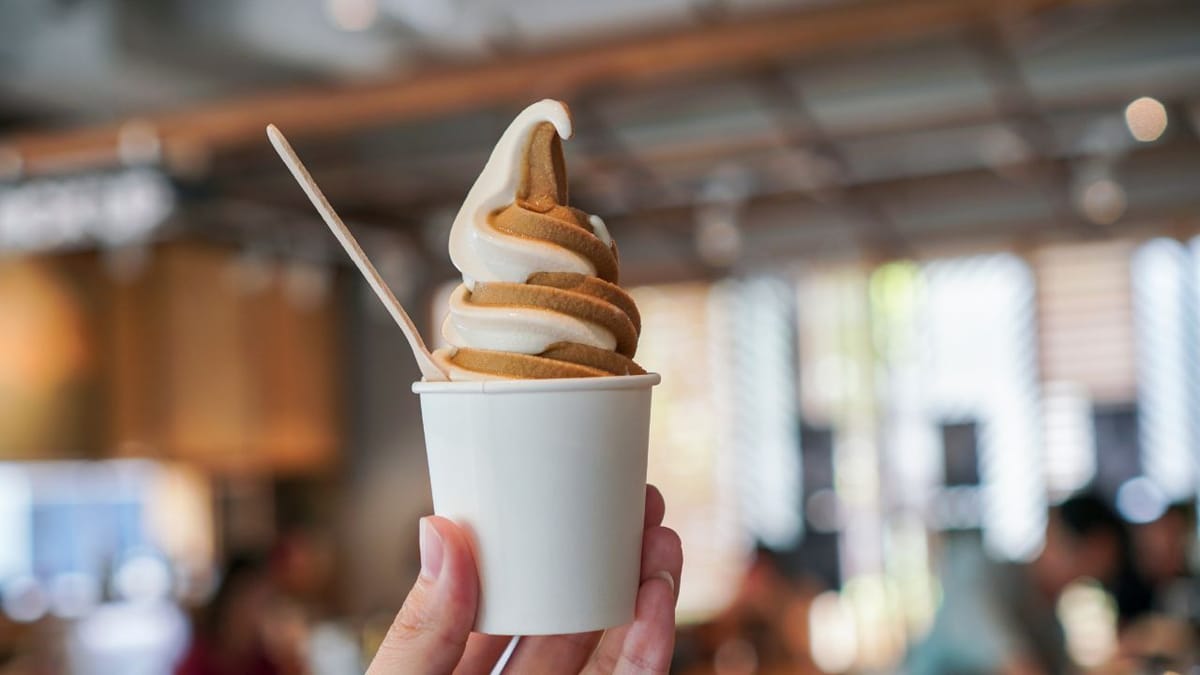
Temperature and Consistency Considerations
The temperature at which ice cream is served plays a significant role in its texture and mouthfeel. Soft serve machines are calibrated to maintain a higher temperature that keeps the ice cream soft enough to be easily dispensed through the machine's nozzle. Regular ice cream requires a lower temperature to achieve its firmness, which is not typically achievable with a soft serve machine.
Consistency is another factor that differentiates regular ice cream from soft serve. Regular ice cream is churned at a slower rate, which results in less air being incorporated and a denser product. Soft serve machines are designed to churn the mix at a higher speed, which introduces more air and creates a lighter product.
The Feasibility of Making Regular Ice Cream in a Soft Serve Machine
Technically, it is possible to make regular ice cream in a soft serve machine, but there are several caveats to consider. The machine would need to be adjusted to operate at a lower temperature to accommodate the freezing point of regular ice cream. Additionally, the churning speed would need to be reduced to limit the amount of air incorporated into the mix.
However, these adjustments are not always possible with standard soft serve machines, as they are not designed to reach the lower temperatures required for regular ice cream or to churn at slower speeds. Attempting to make regular ice cream in a soft serve machine without proper adjustments could result in a product that is too soft or too airy to be considered regular ice cream.
Potential Modifications to Soft Serve Machines
For those who are determined to use a soft serve machine to make regular ice cream, modifications to the machine might be necessary. This could involve altering the refrigeration system to achieve lower temperatures and adjusting the mechanics to reduce the churning speed. These modifications would require technical knowledge and could potentially be costly.
It's important to note that altering a soft serve machine could also void any warranties and could lead to increased wear and tear on the machine due to it operating outside of its intended parameters. Therefore, such modifications should be approached with caution and ideally under the guidance of a professional.
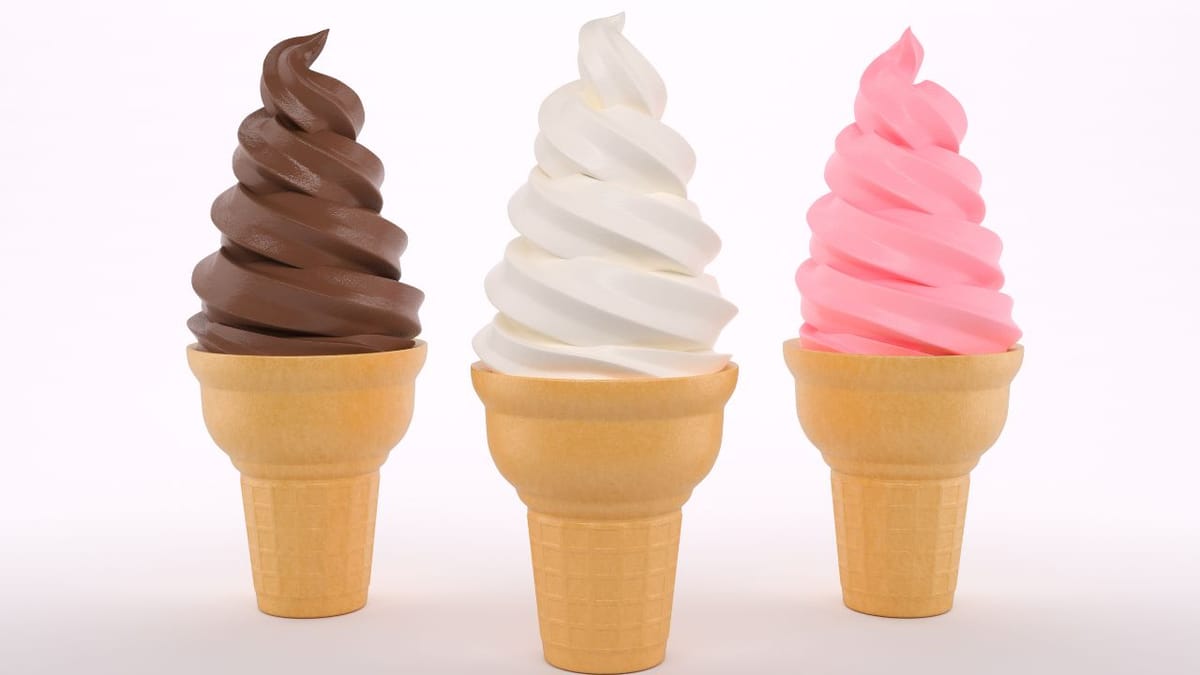
The Impact on Flavor and Texture
Using a soft serve machine to make regular ice cream could also have implications for the flavor and texture of the final product. The texture might not be as dense and creamy as traditional regular ice cream due to the machine's design to incorporate more air. The flavor could also be affected, as the faster churning and freezing process might not allow the flavors to develop as fully as they would during the traditional ice cream making process.
Practical Examples and Case Studies
There have been instances where ice cream shops have experimented with using soft serve machines for regular ice cream. Some have achieved moderate success by carefully adjusting the settings and accepting a slightly softer product. However, these are often exceptions rather than the rule, and the results can vary widely depending on the specific machine and the skill of the operator.
Case studies from manufacturers of soft serve machines might provide insight into the potential for crossover use, but they generally recommend using the machines for their intended purpose to ensure the best quality product.
The Verdict: Is It Worth Trying?
While it is possible to make regular ice cream in a soft serve machine with some adjustments, it may not be worth the effort or the potential compromise in quality. For those looking to produce traditional regular ice cream, investing in a dedicated ice cream maker or batch freezer is likely the better option. These machines are designed to create the dense and creamy texture that is characteristic of regular ice cream.
For businesses or individuals who already own a soft serve machine and are curious about experimenting, it's important to weigh the potential risks and costs against the desire for versatility. It may be more practical to stick to what the machine does best—making delicious, creamy soft serve.
Summary
In summary, while you can attempt to make regular ice cream in a soft serve ice cream machine, it is not without its challenges. The differences in temperature, consistency, and the mechanics of the machines mean that soft serve machines are not ideally suited for making regular ice cream. Modifications to the machine and adjustments to the process may allow for some level of success, but for the most authentic and high-quality regular ice cream, using a dedicated ice cream maker is recommended.
FAQ Section
Can I use my soft serve machine to make regular ice cream without any modifications?
It is not recommended to use a soft serve machine to make regular ice cream without modifications, as the machine's default settings are designed for soft serve consistency and temperature, which differ from those required for regular ice cream.
What are the main differences between soft serve and regular ice cream?
The main differences between soft serve and regular ice cream are the serving temperature, texture, and the amount of air incorporated into the product. Soft serve is served at a warmer temperature, has a softer and lighter texture due to more air (overrun), and is made in a machine that continuously churns and freezes the mix. Regular ice cream is served colder, has a denser texture with less air, and is typically made in a batch freezer.
If I want to make both soft serve and regular ice cream, should I buy two separate machines?
Yes, if you want to produce both types of ice cream at their best quality and consistency, it is advisable to invest in two separate machines—one for soft serve and one for regular ice cream. This ensures that each product is made under the optimal conditions for its type.
Other Related Articles
